If you listen to the bluebonnets, they’re saying spring in Texas lurks right around the corner.
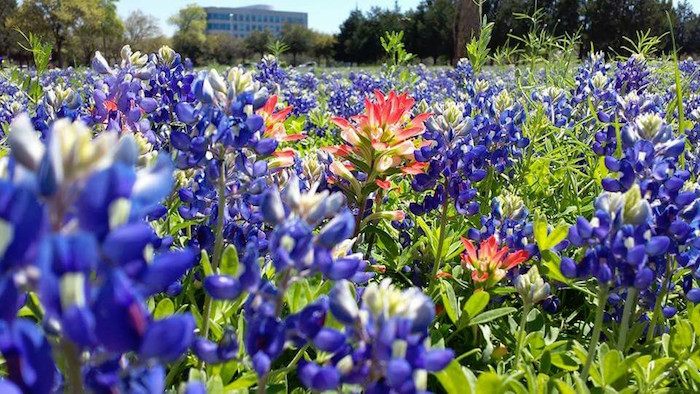
Oh, I know it’s not quite February. I know that spring doesn’t officially arrive in the Austin area until March 15, the date when almanacs assure us the threat of freeze has finally passed. But as winters all over the United States have gotten progressively warmer, that March date moves further and further away from the definite arrival of spring-like temps.
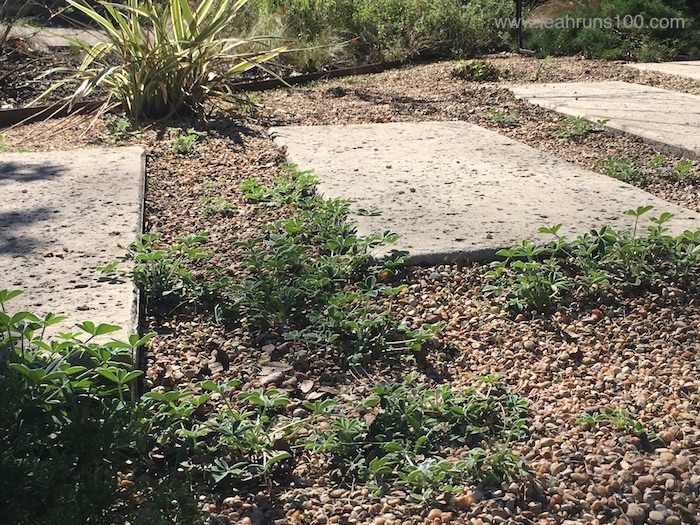
The bluebonnets in my yard popped up weeks—maybe months—ago. I’m ashamed to admit I mistakenly pulled up many of the sprouts, thinking they were invading weeds. You see, small bluebonnets don’t have the same distinctive leaf shape sported by more mature plants. Despite my inadvertent and much lamented bluebonnetacide, many more of Texas’ state flower are sprinkled about the front yard than ever before.
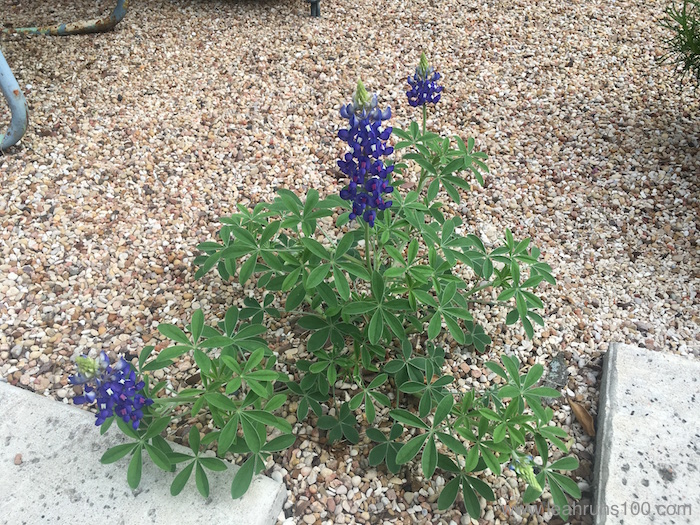
I wrote this piece for the The Austinot; originally published in April 2015, it needed some updating so I’ve reprinted it here, because reviewing bluebonnet photo etiquette before we head into the season and out with the camera is always a good thing.
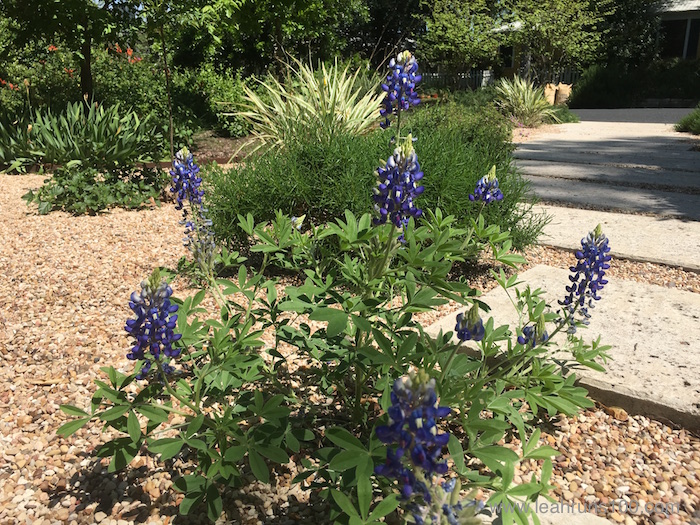
The bluebonnets will be blooming any day now. And the following photos, all contributed by friends in the Austin area, illustrate just how easy it is for the average photographer to take some truly memorable wildflower photos.
Everything You Need to Know About Texas Bluebonnets
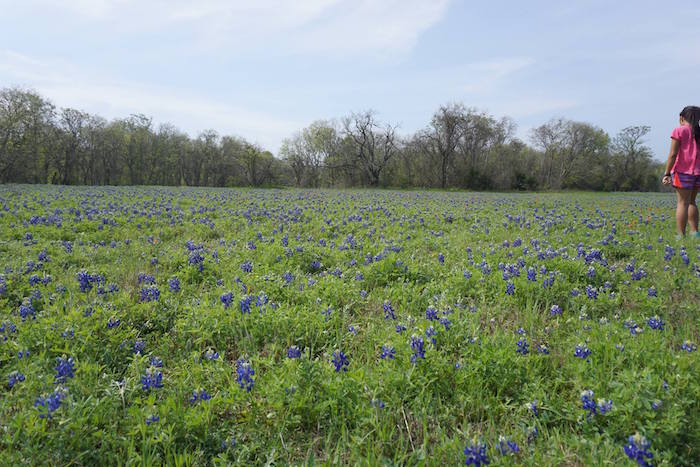
All along Austin’s roadways, bluebonnets are making their annual splashy appearance. Thanks to Lady Bird Johnson’s efforts to beautify the state’s highways, generations of Texans have grown up with a shared rite of passage, taking the family portrait in fields full of the state flower.
Where Can You Find Bluebonnets?
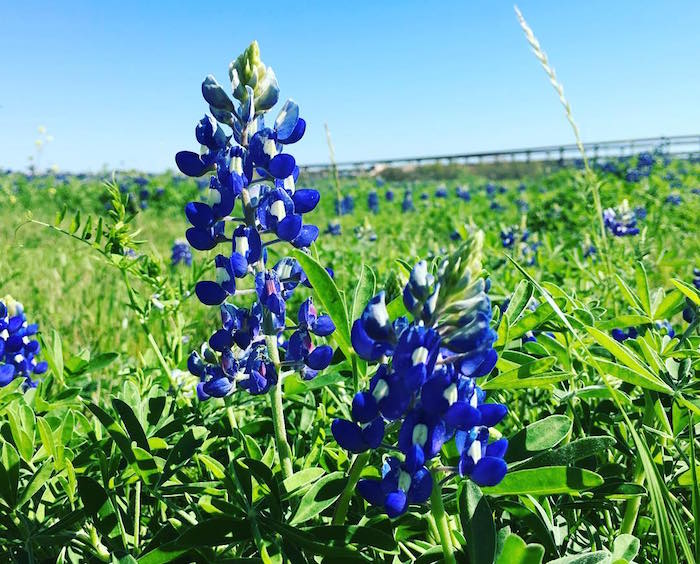
There’s an approximate two- to four-week window every March and April for catching sight of these wildflowers. Just how long they last and how spectacular their blooms become depends on the preceding winter’s rain and cold.
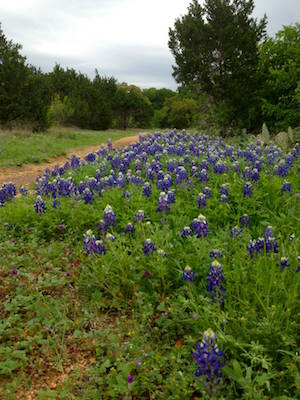
It’s hard to anticipate exactly where and when wild bluebonnets will appear. A good strategy is revisiting places where flowers previously bloomed. That’s because it takes years for bluebonnet seeds to germinate. The plants reseed each season when tan, fuzzy pods turn brown and fall off; seeds pop out and are spread by the wind. Weather softens the seeds, which sprout in late winter.
Note: To encourage more bluebonnets in a field, wait until at least half the pods have turned tan before mowing. Big fields have a continuous cycle of germinating seeds from many years.
Need help locating bluebonnets in your area? Here are four websites that give wildflower bloom updates: wildflowersightings.org, bluebonnetlove.com, wildfowersearch.com, and wildflowerhaven.com.
6 Tips for Getting Perfect Bluebonnet Photos
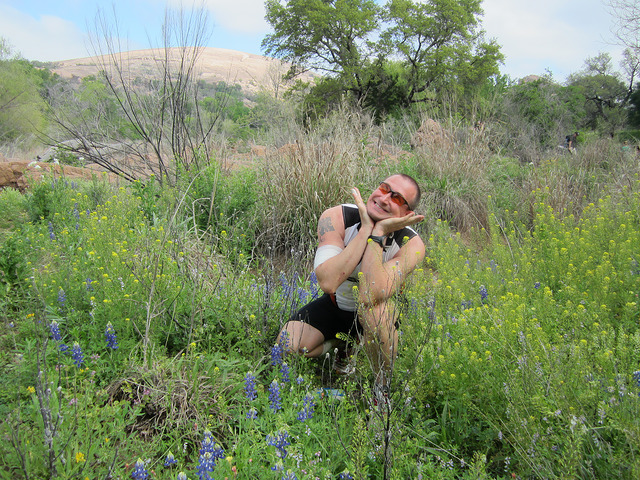
- Keep little ones and pets from putting plants in their mouth. Bluebonnets are toxic to humans and animals.
- Leave the flowers as you found them. It’s not illegal to pick bluebonnets, but it is illegal to mar or take someone else’s property.
- Drive thoughtfully, park legally, and carefully re-enter traffic.
- Look for a safe walkway. It is illegal in Texas to walk on a highway or highway shoulder.
- Watch out for bees. Especially for those with allergies, stings could mean trouble.
- Take advantage of Lady Bird Johnson Wildflower Center’s bluebonnet areas. Their special stands were created to provide a safe place for snapping pics away from traffic.

Grow Your Own Bluebonnet Field
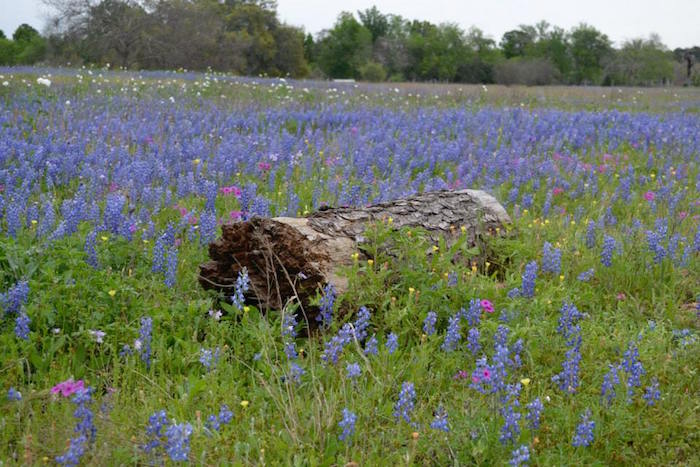
Adding these annuals to your home landscape is easy and beneficial. Native plants use less water and require less care (in fact, fertilizing bluebonnets creates more leaves than blooms). They don’t even need quality soil, so they’re perfect for problem areas that get lots of sun. And bees and butterflies will thank you.

Bluebonnet seeds should be sown in the fall, after the first rain. Simply scatter seeds over the area, lightly cover with soil and give a gentle soaking of water. Seeds sown naturally take two to three years to germinate. Scarification—the botanical term for breaking open tough seed pods—speeds up the process. If nature is too slow, either freeze harvested seeds before dousing with boiling water or soak them in water overnight before planting. Or buy pre-treated seeds from seedsource.com and help support the Lady Bird Johnson Wildflower Center.
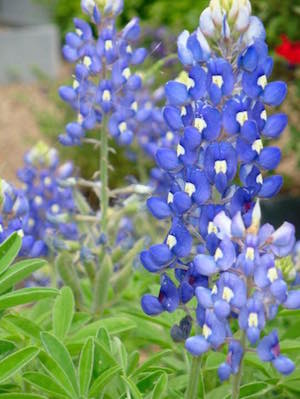
How do I grow my own bluebonnets? A few years back, I bought a bluebonnet transplant at my neighborhood H-E-B (a great resource for inexpensive herbs, FYI) and selected a spot for it in my sunny front yard. They’re easy plants to grow: just give plenty of sunlight, water when dry, and leave them alone. When the plants died, I simply shook the dry, rattling pods over the ground as I pulled up the dead plants. I repeated the following year…and then the bluebonnet lifecycle took over.
Now, all I have to do is shake those seed pods out and voila! (Note to self: Just make sure I don’t accidentally weed out the young plants again when they appear in late December and early January of next year.)
The Texas Highway Department has more tips on planting bluebonnets. They should know—for more than 60 years, TXDot has been sowing seeds, putting out 30,000 pounds every year and keeping Texas beautiful.
Learn More about Bluebonnets with These Links
Who was Lady Bird Johnson? (from the National First Ladies’ Library)
Planting Texas Bluebonnets and Buying Treated Bluebonnet Seeds
Lady Bird Johnson Wildflower Center Information on Bluebonnets
Texas Department of Public Safety Tips for Wildflower Fans



FYI: thanks to extremely wet late summer, my bluebonnets have already sprouted—and it’s not even October! Tiny seedlings have a round leaf, so be careful weeding (check my Instagram for a pic).